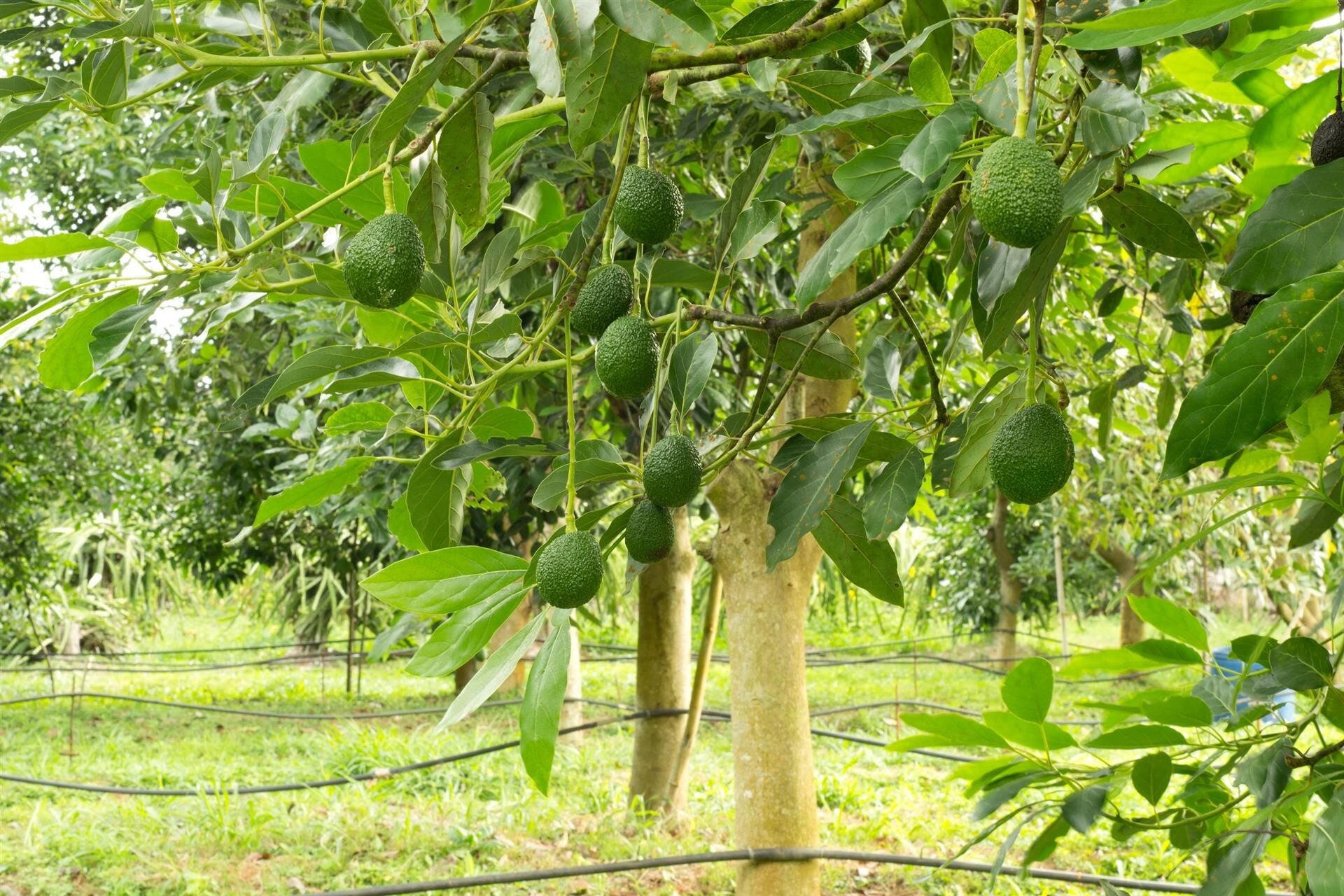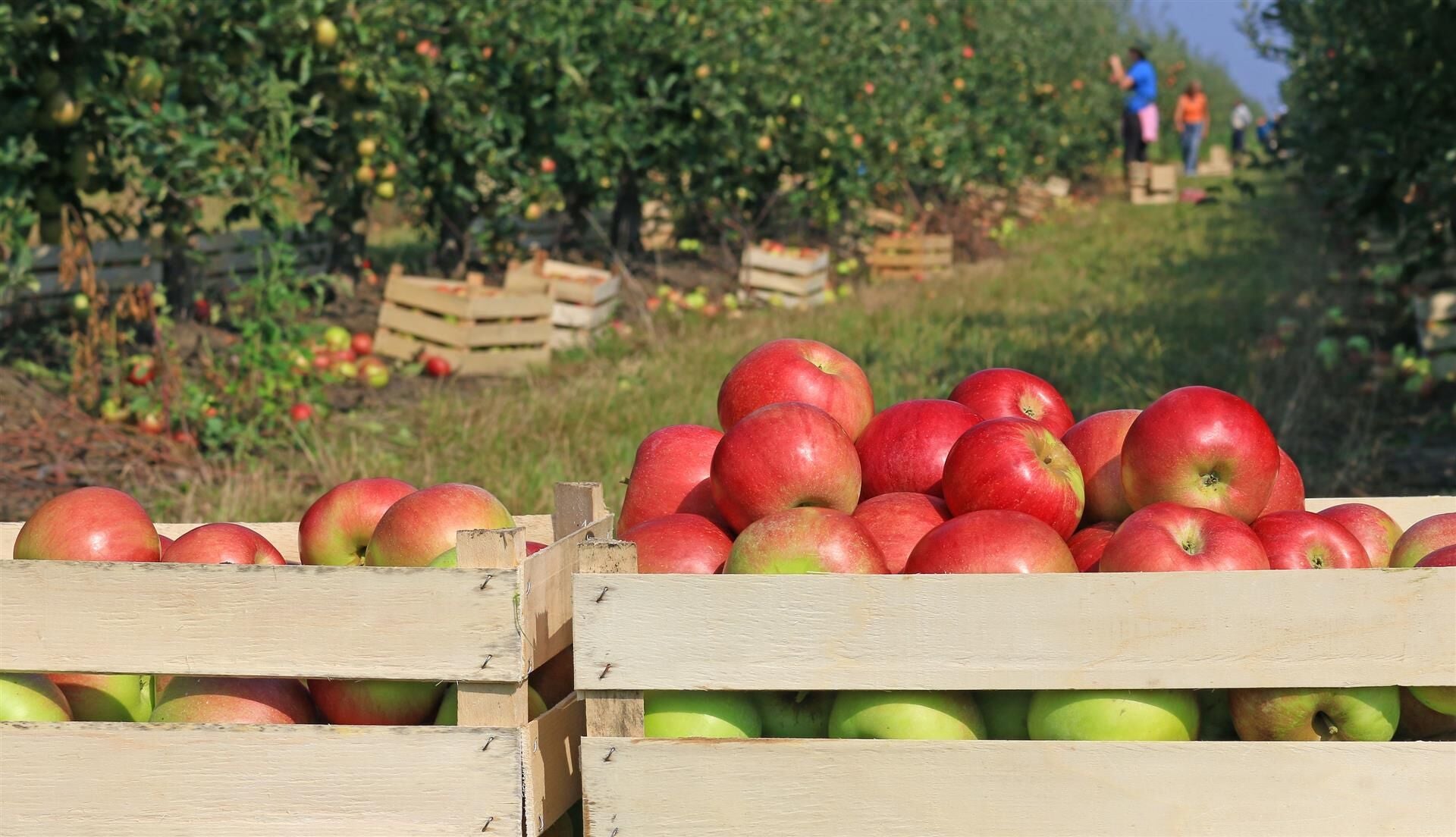Orchard development brings options.

Prospects are that growth will continue for years yet as the world clamours for quality fresh produce.
The increase in value makes horticulture the fourth leg of New Zealand’s primary sector, totalling $5.6 billion in exports for 2017 and chasing down the meat-wool sector which earns $8.7 billion.
The key crops driving the sector’s growth have been kiwifruit and more recently avocados, with kiwifruit accounting for over $1.6 billion of that value, similar to wine exports and leaping ahead in the past four years post-Psa.
However the sector is also experiencing valuable additional growth from the likes of apples, cherries and berry fruit which as a sector have surged 60% in the same period.
Even flower and seed exports are now worth over $135 million a year in export earnings, greater than total vegetable export value.
Along with the growth in export volume and value has come greater interest from banks, equity partners and existing orchardists in expanding or investing in the sector, with strong land prices in regions like Bay of Plenty reflecting that interest.
“Along with the 40% growth in export volume and value over the past 5 years, there is greater interest from banks, equity partners and existing orchardists in expanding or investing in the sector.”
A recent Bayleys auction for a prime orchard near Te Puke set a new record of just over a million dollars a hectare for a SunGold kiwifruit orchard.
With this lift in land values investors have started seeking out opportunities beyond the traditional growing areas where prices are particularly buoyant. This has also been prompted by the increasing variety of horticultural crops showing a capacity for good growth and crop quality beyond those traditional areas.
SunGold kiwifruit is opening up land use options for landowners well beyond the traditional Te Puke golden zone, with iwi and farmers finding opportunity to grow the fruit in the eastern Bay of Plenty, Northland and even Hawke’s Bay regions.
Similarly an intensive breed development programme means cherries are now finding niche growing spots through a far broader catchment in the Otago region, with cheaper land options in those non-traditional growing areas making them a viable investment choice.
At the other end of the country Northland is experiencing heightened attention from potential investors both within the region and beyond, drawn to the region’s appealing sub-tropical climate, varied volcanic and sandy soil types, and realistic land prices that make orchard conversion a realistic option.
Vinni Bhula, Bayleys Whangarei rural agent has noticed a surge of interest in the area beyond the traditional pastoral uses for rural properties he has been marketing.
“We have seen a number of families look at options where they are considering quitting the family farm, and having the parents invest into a smaller, manageable horticultural block that continues to give a semi-retired couple some responsibilities and income, but is significantly smaller scale.”
As a commercial orchard owner, Vinni has helped advise a number of investors and orchard operators into quality blocks within the region, and he is excited by the opportunities still untapped through the Northland region.
“Avocados are very much on people’s minds at present as a very viable land use option in this part of the country, and for good reason.
“The marketing efforts by Avocado NZ to get the fruit into China will start to pay off in coming years, along with efforts through the rest of Asia which is showing steady growth. This will only be reinforced by the research that is showing New Zealand avocados actually have higher nutritional value than those from competing countries.”
“The marketing efforts by Avocado NZ to get the fruit into China will start to pay off in coming years.”
The fruit’s ability to now be sold into China provides a valuable buffer to the Australian market’s varying demand, in turn influenced by what crop performance has been like in that country.
The relatively lower bare land value of properties in Northland has drawn interest from orchardists committed in more expensive areas.
“Values can be $70,000- $100,000 a hectare, which offers real potential to invest into the infrastructure and planted crops, keeping in mind there is usually a few years before that land will start to give you a return, post development.”
He has a 23ha bare land property near Maungatapere split off from a traditional family farm that highlights the type of potential in Northland.
“With its consistently fertile well drained soil, access to water and good flat contour, it’s the sort of block that investors, syndicates and individual growers can realistically take to their bank and prove what a viable return it is capable of delivering.”
The region is starting to develop a critical mass of growers and expertise, with a number of larger corporate orchard investors anchoring the Northland volumes around the Houhora district in particular.
“There is a lot of confidence up here about where horticulture can take the region, and we are seeing some serious investment putting skin in the game, which is a great thing for Northland.”
